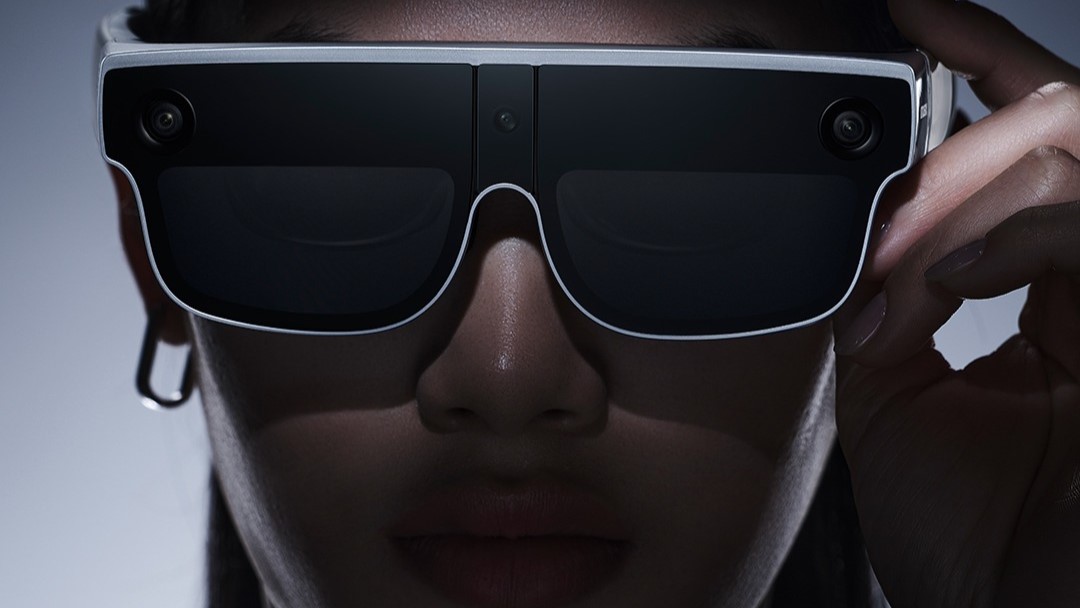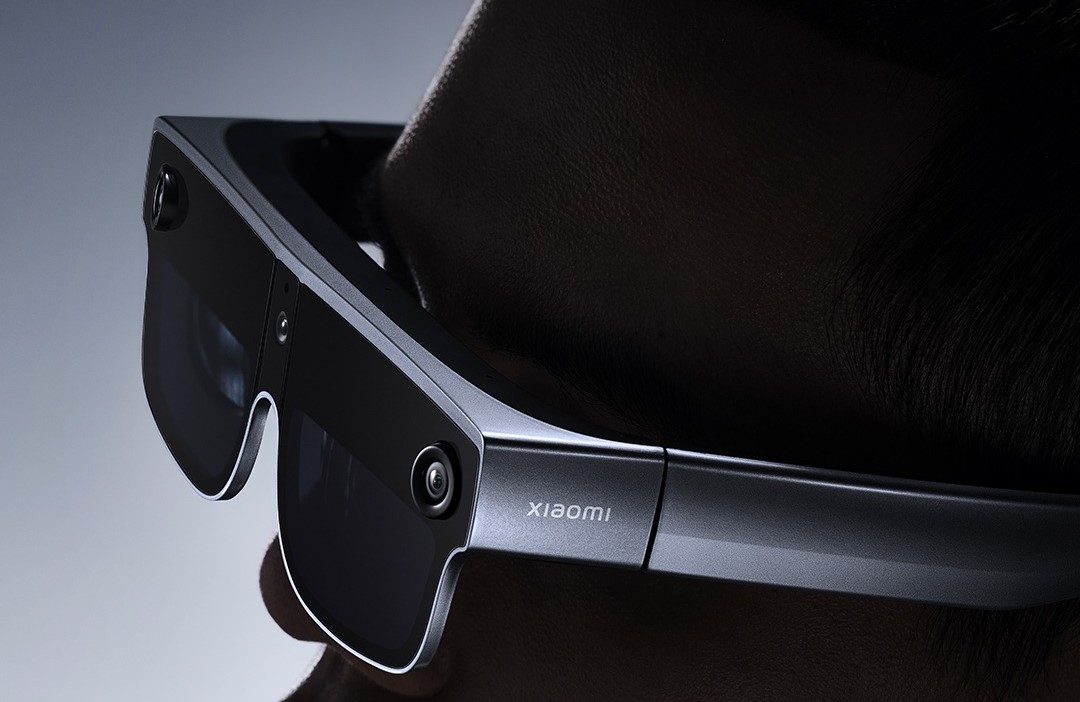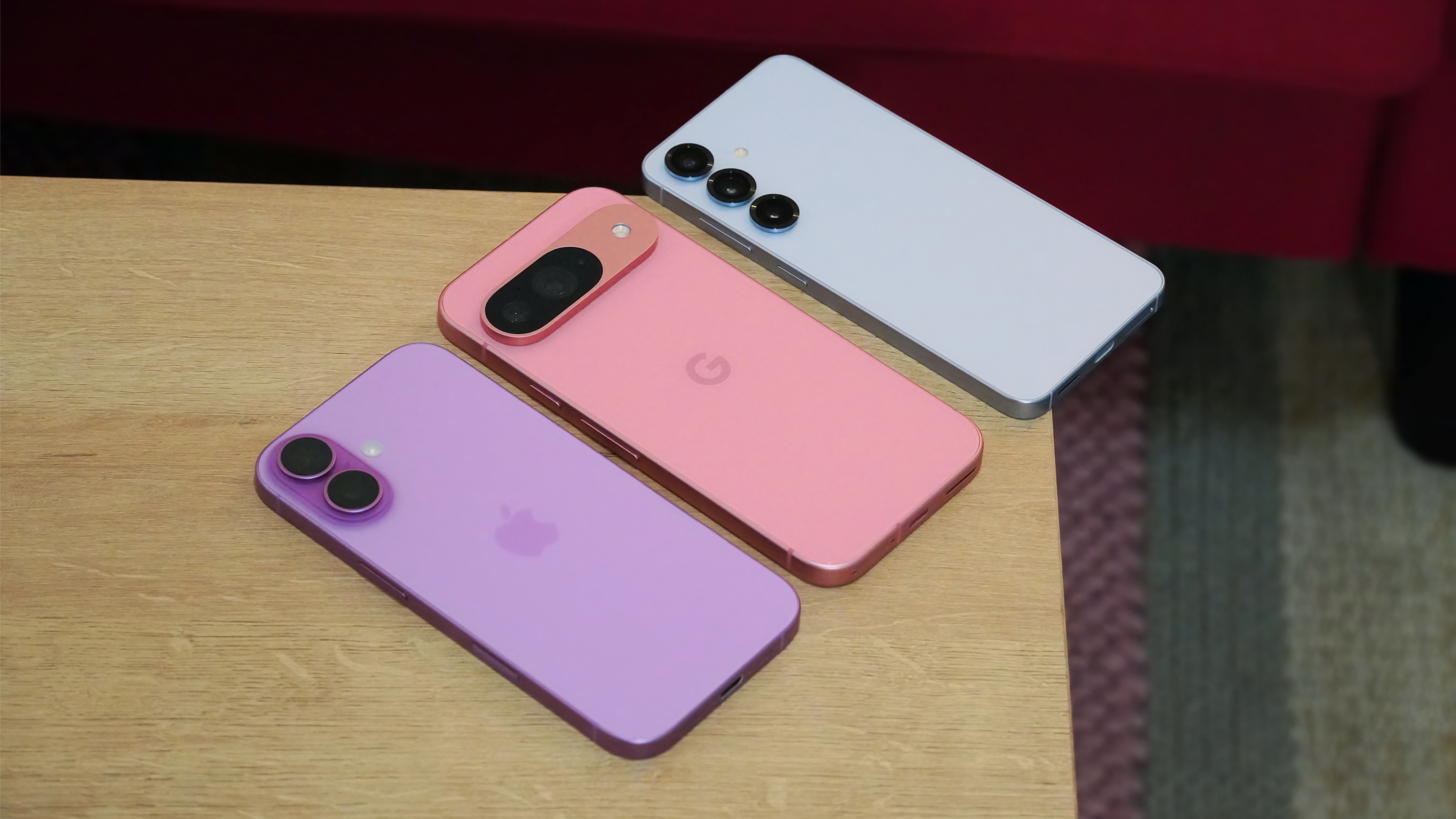Xiaomi's AR glasses make Meta's Ray-Ban Stories look outdated
The Chinese phone maker is joining in on the AR chorus.

What you need to know
- Xiaomi has unveiled a pair of prototype AR glasses for the first time at MWC 2023.
- The Xiaomi Wireless AR Glass Discovery Edition uses MicroOLED displays to provide a "retina-level" viewing experience.
- Powered by a Snapdragon XR2 Gen 1 chipset, the glasses include hand-tracking cameras that allow you to perform tasks using hand gestures.
- The AR glasses can only be used with a Xiaomi 13 phone or another Snapdragon Spaces-enabled device.
Augmented reality is all the rage at this year's Mobile World Congress (MWC) in Barcelona, and Xiaomi is pitching in with a pair of prototype wireless AR glasses on display at the event.
The Xiaomi Wireless AR Glass Discovery Edition is the company's first AR glasses, and it's among the first of its kind to feature a "retina-level" display. Xiaomi claims that the human eye is unable to perceive individual pixels when pixels per degree (PPD) reach a "critical value" quality threshold of 60. Xiaomi's AR glass display hits a PPD of 58, which it claims is the closest value in the industry to meeting the required threshold.
Xiaomi has slapped a pair of MicroLED screens into the glasses, with a peak brightness of 1,200 nits and "free-form light-guiding prisms to achieve a clear picture display." The glasses are powered by Qualcomm's Snapdragon XR2 Gen 1 chip and include Xiaomi's low-latency communication link.
The prototype connects wirelessly to certain types of smartphones, including the Xiaomi 13 series and any other Snapdragon Spaces-enabled handsets. According to Xiaomi, Snapdragon Spaces-ready glasses promise a full link latency as low as 50ms, and a wireless latency as low as 3ms between a paired smartphone and the glasses.
Xiaomi's new AR spectacles support gesture control thanks to the built-in hand-tracking cameras. This means you can do things like flick through the pages of a book or launch and close apps without having to reach for your smartphone.
You can also navigate the interface and press virtual buttons to interact with real-world objects. For example, the glasses let you turn off any of the best smart light bulbs in your house by moving your fingers. If you're not comfortable with gestures, you can pair a smartphone with the glasses and use it for physical controls.
Another nifty feature is the electrochromic glass, which adapts to different light conditions. This capability lets you dim the glasses with blackout mode to create a more immersive experience.
Be an expert in 5 minutes
Get the latest news from Android Central, your trusted companion in the world of Android
Lightweight design
The AR glasses have a lightweight design, coming in at just 126g. They're made of lightweight materials, including magnesium-lithium alloy, carbon fiber components, and a proprietary silicon-oxygen anode battery.

Still, the Xiaomi Wireless AR Glass Discovery Edition is heavier than Meta's Ray-Ban Stories, which weigh 49g, but the glasses surely have the latter squarely in their sights. While it may not be appropriate to compare this AR-focused pair of spectacles to the smart glasses, Meta previously revealed that Ray-Ban Stories "are an essential building block toward true augmented reality glasses." However, the glasses can only do so much at the moment, including taking photos and videos, playing music, answering calls, and sharing content on social media.
With Xiaomi's Mi Share service, you can watch TikTok and YouTube videos, for example, and the apps will be able to optimize the display area usage of the glasses. You can also move the apps around the viewing area and change the size of their interfaces with gestures.
Availability
The glasses will be available in a titanium color scheme and support three sizes of nosepieces. In addition to Snapdragon Spaces, they're compatible with OpenXR and the Microsoft MRTK development framework.
However, the company didn't say when it would get the AR glasses into our hands. Seeing as the product demonstrated at MWC 2023 was a prototype, an official release may be on the horizon, but not necessarily for the commercial segment.

Jay Bonggolto always keeps a nose for news. He has been writing about consumer tech and apps for as long as he can remember, and he has used a variety of Android phones since falling in love with Jelly Bean. Send him a direct message via Twitter or LinkedIn.
